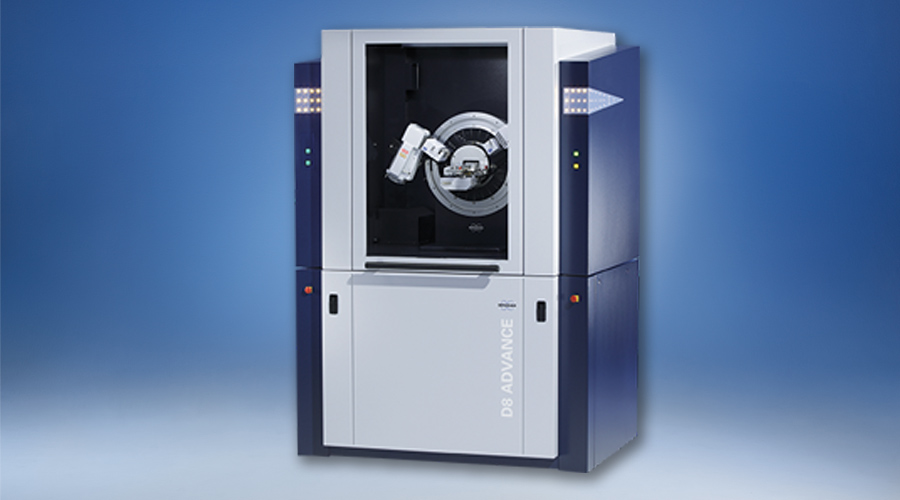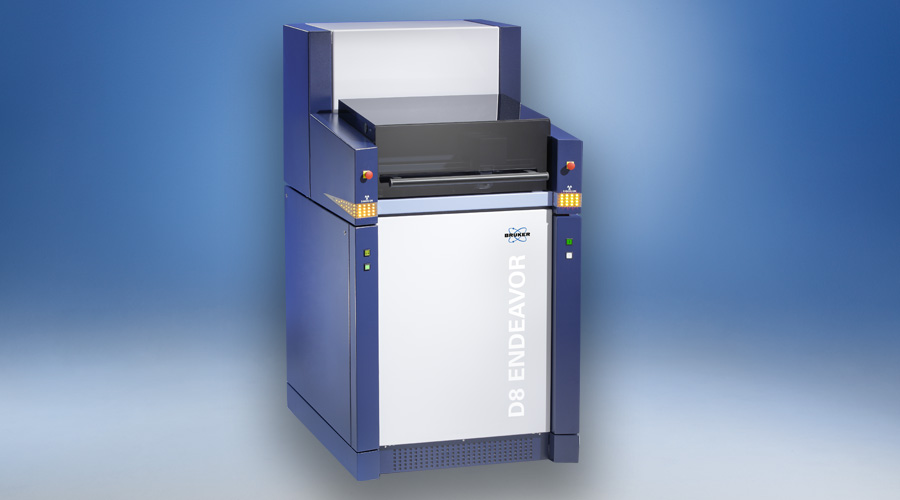

Petrology, Geochemistry and Rock Characterization
Petrologic Characterization
Bruker analytical tools allow characterization of geologic materials at centimeter to sub-micron scales. From stand-alone instrumentation to detectors for scanning electron microscopy, a fundamental understanding of mineralogical, textural and geochemical distributions in samples has never been more powerful.
Mineral & Textural Characterization
Accurate identification and characterization of the spatial distribution of minerals within rocks provides the basis upon which the fundamental processes of rock formation are understood. Depending on the task, characterization may be needed on hand sample, single-grain, and sub-grain scales, and with the need to correlate mineral chemistry with textural relationships. Bruker products cross these scales and data needs with products such as:
M4 TORNADO and M4 TORNADOPLUS allow rapid mapping of minimally prepared samples allowing determination of mineral species and textural distributions in solid and granulated samples, with mineral chemistry measured down to ppm levels
QUANTAX detectors for scanning electron microscopes, including EDS, WDS and EBSD, providing comprehensive structural and compositional data on any solid sample to sub-micron scales
AMICS automated mineralogy solution for scanning electron microscopes and micro-XRF, driving rapid mineral identification and characterization for wide ranging applications in geoscience and geological engineering
D2 PHASER, D8 DISCOVER and D8 ADVANCE range of X-ray Diffraction solutions covering all applications and needs from compact, benchtop instruments to high-resolution single-crystal characterization.
- SKYSCAN 1275 and SKYSCAN 1273 X-ray microscopes enable visualization and quantification of the 3D mineral distribution in solid and granulated samples
Spatially Resolved Geochemistry at the Hand-sample Scale by Micro-XRF
Visualization of major, minor and trace elements in a rock underpin our understanding of many geologic processes. Typically confined to the scale of thin sections or below, rapid characterization of geochemical zoning in larger samples provides additional context to further investigation, allowing more robust sub-sampling decisions for other analytical approaches, and potentially reducing the total number of samples analyzed by more expensive techniques. Bruker products that allow visualization of geochemistry include:
M4 TORNADO micro-XRF providing geochemical mapping of large samples and detection down to 10's of ppm, leading to accurate characterization of geochemical distribution in any solid sample, and quantification of bulk geochemistry through integration of map data.
M4 TORNADOPLUS is a micro-XRF optimized for enhanced light element detection, with large-area light element SDD detectors and capability for analysis under vacuum and a He atmosphere, allowing element detection down to C.
XTrace–QUANTAX micro-XRF, which upgrades an SEM to allow trace element analysis on the same instrument. High-speed mapping using XTrace is possible when coupled with the Rapid Stage, a modular piezo-based system that mounts directly onto a standard SEM stage.
Bulk-rock Geochemistry by ED-XRF and WD-XRF
Whole-rock geochemistry is an integral component of research into geologic processes, where accurate major, minor and trace element chemistry is a must. Bruker provides a full range of Energy Dispersive and Wave Dispersive XRF solutions that suit every application and analytical need.
TRACER handheld-XRF and CTX portable benchtop ED-XRF instruments provide portable and compact solutions at affordable budgets while not compromising on performance
S2 PUMA high capacity benchtop ED-XRF units can analyze from C to Am, with sample changer systems holding up to 20 samples
S6 JAGUAR compact WD-XRF provide high-performance bulk geochemical performance in a compact format, while the S8 TIGER sequential WD-XRF allows major and trace element analyses in a single run.
Petrochronology
Advances in our understanding of geologic processes have demonstrated the need for, and benefits derived from, knowing the textural context of dateable minerals in rocks. Commonly the minerals used for geochronology are accessories – fine-grained and low abundance – leading to significant effort and resources expended on locating them in thin sections or mineral separates. Micro-XRF and SEM-based automated mineralogy solutions can speed up this process, correctly identifying minerals and placing them in their textural-mineralogical context.
M4 TORNADO micro-XRF allows geochemical mapping of large samples providing mineral distributions by geochemical proxy or directly through application of Bruker's AMICS automated mineralogy solution
AMICS for scanning electron microscopes provides automated mineralogical mapping of thin sections and polished grain mounts, with focused detection of key minerals and compositional quantification for robust classification
Vibrational Spectroscopy in Geoscience
Raman (Micro) Spectroscopy
Point analysis and mapping of mineral structure and composition, discriminating polymorphs or chemically similar but structurally different minerals, with spectral reference libraries allowing rapid and routine characterization.
FT-IR (Micro) Spectroscopy
Chemical structure at the molecular scale where elemental data alone is insufficient, including organic matter characterization, prosody and permeability studies, analysis of glasses, fluid and melt inclusions.
Publications related to Petrology, Geochemistry and Rock Characterization
- 2020 - Economic Geology: (Open Access) Quantitative Mineral Mapping of Drill Core Surfaces I: A Method for µXRF Mineral Calculation and Mapping of Hydrothermally Altered, Fine-Grained Sedimentary Rocks from a Carlin-Type Gold Deposit
- 2020 - Journal of Asian Earth Sciences: The ~500 Ma Asaji ultramafic–mafic intrusion in Kyushu, southwest Japan: Implications for boninitic magmatism in a late Cambrian nascent arc
- 2020 - Geochimica et Cosmochimica Acta: Multiphase U-Pb geochronology of sintered breccias from the Steen River impact structure, Canada: Mixed target considerations for a Jurassic-Cretaceous boundary event
- 2020 - Journal of Volcanology and Geothermal Research: Deposition of metals and metalloids in the fumarolic fields of Guallatiri and Lastarria volcanoes, northern Chile
- 2019 - Mineralogy and Petrology: Advanced mineral characterization and petrographic analysis by μ-EDXRF, LIBS, HSI and hyperspectral data merging
- 2018 - Minerals: (Open Access) Occurrence of Felsic Rocks in Oceanic Gabbros from IODP Hole U1473A: Implications for Evolved Melt Migration in the Lower Oceanic Crust
























